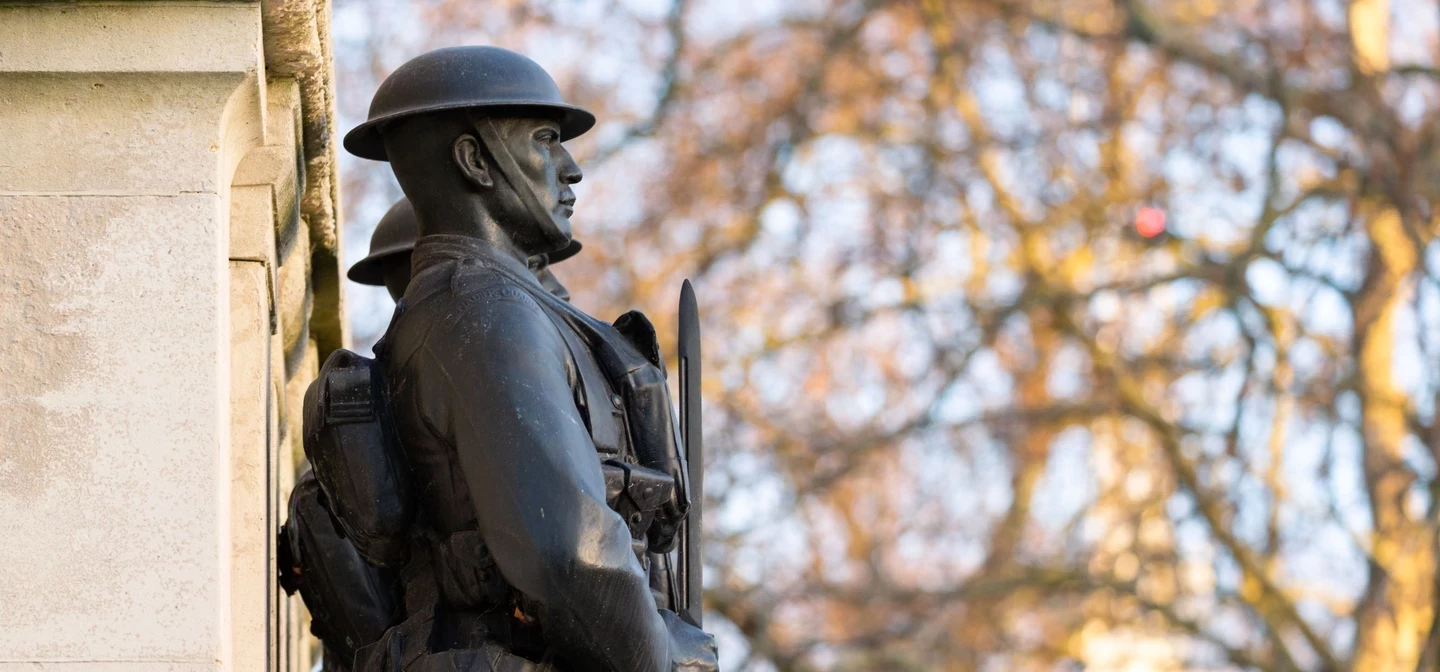
History of St. James's Park
Key information
Three historic palaces. Two island wildlife sanctuaries. And the most famous royal balcony in the world.
St. James’s Park – the oldest Royal Park in London
Once a quiet, marshy backwater, St. James’s Park is now bounded by three historic palaces the ancient Palace of Westminster, now the Houses of Parliament, St. James’s Palace and the King’s residence, Buckingham Palace.
When you walk the elegant paths of St. James’s Park today, it’s hard to imagine that pigs once grazed here. But, 470 years ago, the St. James’s area was a peaceful water meadow known for its woods and a hospital for women suffering from leprosy.
It was this hospital, the Leper Hospital of St. James the Less, that gave the park its name.
St. James’s Park and the Tudors
In 1532, King Henry VIII added St. James’s to his royal collection of deer parks, fenced it off to the general public and built the hunting lodge that would become the Palace of St James's. The park was a Tudor playground for jousting, fetes and festivals.
The Elizabethans and and St. James’s Park
King James I played a key role in shaping the historical landscape of St. James’s Park. He improved the drainage and created the romantically named pool known as Rosamond's Pond. At the east end of the park, the small ponds and islands he created would eventually become today’s wildlife sanctuary, Duck Island.
The Royal Menagerie and Birdcage Walk
King James I also kept a collection of exotic animals in St. James’s Park, including camels, crocodiles and an elephant. His large number of exotic birds were housed in aviaries along the road that is now known as Birdcage Walk. The King’s animals and birds were eventually transferred to the newly formed Zoological Society in The Regents Park.
King Charles II and St. James’s Park
But it was King Charles II who made sweeping and dramatic changes to the park landscape.
While exiled on the Continent during the Civil War, King Charles II had developed a love for formal French gardens. When he became king in 1660, he ordered a complete redesign of St. James’s Park from French landscaper, Andre Mollet.
Mollet’s design included a showstopping, tree-lined canal almost half a mile long, where Charles could mingle with crowds and meet up with his mistress, Nell Gwynn.
King George IV and the grand St. James’s Park Regency redesign
In the 1820s, the park got another grand makeover, courtesy of the Prince Regent, later George lV. He and architect John Nash brought a touch of romance and naturalness to the formality of St. James’s. Nash replaced the canal with a curving lake and formal avenues became winding paths. He was also responsible for designing Buckingham Palace.